The Esoteric and Cosmological Significance of Four
A Comparative Analysis
Numerology and Ontology in Tradition
The Sacred Science of Numbers is a topic, much like the plentitude of Sacred Sciences, that is scarcely understood or appreciated in its proper context. This domain exists in all Traditions, past and present, in some latent or developed form and is worthy of consideration by anyone thoroughly interested in Traditionalism. As such, we wish to treat it here with a piece of expository comparison between various Traditional influences to show the concordance of the significance of the number Four in multiple domains.
To begin treating this, we must harken to the Tao Te Ching’s Verse 42:
"The Way gives birth to One.
One gives birth to Two.
Two gives birth to Three.
Three gives birth to all things.”
Since all things extend from a Principial Unity from the initial sacrifice into multiplicity, everything begins in, returns to, and is with respect to the One which is the source of the Divine and Beyond Being. This bifurcation away from the singular one creates the existence of Two. With the force of the One through Two, this naturally corresponds to the existence of Three. In particular, in Christian doctrine, it is often noted that Three was the first number, since this reflects the Trinitarian and consubstantial nature of God, through the Father, Son, and Holy Spirit. God the Father sees the Son, and the Son the Father, and the Holy Spirit is the loved shared between - Lover, Beloved and Love, to borrow from St. Augustine. This also reflects from the movement from Beyond Being into the domain of the Spirit, with the Spirit being the point of bifurcation into the Psychic and Physical, with the Psychic being the container of all that is Physical and the mode of manifestation for our mode of existence in a purely human perspective. So, this progression from One to Two and to Three can be viewed in both the movement from the Trinity to the Spirit and also from the Spirit to lower manifestation, while also preserving the existence of the Four major ontological domains, listed in order: Beyond Being, Spirit, Psychic, and Physical.
This natural presupposition of the existence and importance of Four is also recognized in several different ways. First, from our previous translation of the Tao Te Ching, the phrase “all things” can also be interpreted as “myriad” or as “10,000”, this latter term being of particular note for our purposes. The number 10,000 is often used to connote that which is indefinitely large, or what moderns would term as “infinite”, a topic that is discussed at greater length elsewhere (see Rene Guenon’s The Metaphysical Principles of the Infinitesimal Calculus). It should be noted that 10,000 is equal to 10^4, which connotes the indefinitely large, by virtue of 4 being reflective of the physical, being the last of the Four ontological domains, but also of the indefinitude of multiplicity in the physical, with 10 being symbolic of Temporal Order. To continue this line of thought, we must expand into more domains than just Taoism (though concerned readers should bear reference to the I Ching, with regards to sacred geometry, without necessarily engaging in the practices of divination).
Platonism and Pythagoreanism
In Plato’s dialogue Timaeus, there are wide ranging topics of discussion, moving from the Atlanteans all the way to the digression onto the Four Traditional Elements:
Fire,
Air,
Water,
and Earth.
These are then described by what are often referred to as the Four Platonic Solids, one each for the Four aforementioned Elements respectively:
Tetrahedron (Fire),
Octahedron (Air),
Icosahedron (Water),
and the Cube (Earth).
Note that the Aether, or the undifferentiated Quintessence of the Elements, being symbolized by the Dodecahedron, the 12-sided object, and note that 4 x 3 = 12 and that 12 is symbolic of Celestial Order, whereas 10, aforementioned above, is, once again, symbolic of Temporal Order, a topic we shall return to shortly.
It should not be omitted that, geometrically speaking, the Tetrahedron, being Four sided and easy to tip/move, fits inside all the other shapes and, when assembled together through multiple of itself, creates each of the other shapes. This reflects Fire’s higher state of being as an element, being more rarefied and contained latently within the other elements, analogous of course, in the scientific domain, to the Four States of Matter:
Plasma,
Gas,
Liquid,
and Solid.
Fire and Air tend upwards and are connoted by the upward triangles, associated with the masculine and active component (symbolised by the Sun), metaphysically speaking. Air, of course, flows across things smoothly, while Water rolls and moves downward, just as Earth moves downward, with the latter two elements being associated with the feminine (symbolized by the Moon) and passive principles, symbolised by the downward triangles.
It should be noted, for our purposes, that Four is associated with Earth, just as this element is represented by the Cube, which connotes stability and solidification, with its six sides making it difficult to move.
With regards to triangles and their symbolism of temporal order, we only need to turn toward the Pythagoreans, the Pythagorean Tradition focusing on the quality of number for the purposes of spiritual realisation, to that symbol of the Tetractys. It is a triangle with One point at the top, Two points underneath, followed by Three in the third tier, and Four points at the bottom. These points added together form the number 10, which, as previously stated, is symbolic of temporal order, but to fully elucidate as to why, we shall interrelate this symbol with various other influences. It should be noted that the Tree of Sephirot, of the Kabbalistic Tradition, also has 10 channels, and these can be separated into 4 different designations of progressive levels of manifestation:
Emanation,
Creation,
Formation ,
and Form/Action
All of these directly correspond to the 4 ontological levels respectively: Beyond Being, Spirit, Psychic, and Physical (though I will warn the reader that the reality of this is actually more complex in practice, with respect to the location of the vessels in each ontological level with respect to tzimtzum, or “divine contraction”). All of this, in Kabbalah, extends from the Ein Sof (the Quintessence of all Things), the undifferentiated and monistic source of all reality.
The pyramids of the Egyptians, with Egyptian Hermeticism being the inspiration for the Greeks (especially the Pythagoreans), as attested in Timaeus as well, are also reflective of this pathway of One, to Two, to Three, to Four. The point of the pyramid at the top is symbolic of One, while the lines extending from that point are symbolic of Two, these lines creating the Three-sided faces of the pyramid itself, with the foundation terminating into a Four-sided base. This also reflects the principle of solidification, or crystallization, in the physical, which is the focus of the Hermetic Tradition par excellence. This is especially evident via the Tetragrammaton of YHVH (Four letters), in the movement from Mystical Union with God (Yod), to Gnosis (He 1), Divine Magic (Vau), and then to Hermeticism (He 2), or proper interpretation crystalized in the book, which is another Four-tiered process best reflected in the Major Arcana of the Tarot II - The Priestess. Note on the card that the crown is three-tiered with the book in her hands symbolic of the aforementioned crystallization, or solidification, of Divine Knowledge (see Meditations on the Tarot: A Journey into Christian Hermeticism by Valentin Tomberg, Ch. 2 “II - The High Priestess”).
Cosmic Cycles, Precious Metals and Castes/Estates
To take this a step further, this Four-tiered structure is also most evident in the doctrine of Cosmic Cycles, most evident in Hinduism, but also latent within all Traditional faiths. These Four Cosmic Cycles, and their analogous precious metals as referenced in the West, as well as their length in cosmic years are as follows:
Satya (Krita) Yuga - Golden Age - 4 Cosmic Years
Treta Yuga - Silver Age - 3 Cosmic Years
Dwapara Yuga - Bronze Age - 2 Cosmic Years
Kali Yuga (Dark Age) - Iron Age - 1 Cosmic Year
The first cosmic cycle, that being the Golden Age of humanity, was on in which Man was in Mystical Union with God, and reflective of prelapsarian man, during which a long period of time it was maintained this way. This was followed by the Silver Age of humanity, when humanity fell from its celestial origins and became terrestrial, and was a reflection of the previous (Gold being associated with the Sun, whereas Silver is with the Moon, since the Moon is a reflection of the Sun’s light, just as we are reflections of the Divine Principle), in which humanity progressively degenerated away from the Primordial Tradition into a more lunar, feminine spirituality, best reflected in the Book of Genesis by the Nephilim created via the union of servants of God (godly men) and the women of men (women of the terrestrial-oriented and non-spiritually oriented peoples). This is then followed by the Bronze Age, in which man became more materialistic and engaged in “spiritual gigantism”, best reflected in Timaeus by the Atlanteans forgoing their Tradition in favor of conquering other lands for resources, which was followed by the Deluge (attested to by every major Tradition). This Deluge ushered in the current age of humanity, the Iron Age, or the Kali Yuga, associated with darkness, destruction, and an inversion of spiritual principles, which is very much the state of the world today, given that we are at the terminal stages of the Iron Age, moving further from solidification towards dissolution (see Rene Guenon’s Crisis of the Modern World, as well as Hesiod’s Works and Days for living amongst “men of iron”).
When one adds up all the cosmic years in tandem, once again one gets the number 10. This is not a coincidence to those that are of the spiritual orientation, but, rather, a reinforcement of the same cosmological principle.
To take this a step further, we will interrelate this with the concept of caste, or estates, of which there are Four. There are:
The Priestly Class (Brahmins),
The Warrior Elite (Kshatriyas),
The Merchants and Craftsmen (Vaishyas)
and the Worker Class (Shudras).
Each of these Four Castes/Estates are directly analogous to the Four Cosmic Cycles in principle, as well as to the precious metals that they symbolize. The Gold is reflective of purity and that which is divinely inspired and, therefore, is accounted for by the priestly, and the Silver, being a reflection of the Golden, is the Warrior Elite respectively, since Sacred Authority informs Temporal Authority, as the former has the measure of Divine Reality through contemplation while the latter is the application of Divine Order through action (see Rene Guenon’s Sacred Authority and Temporal Power and Dante’s De Monarchia).
This principle of the Four Ages and Four Castes/Estates is reflected in the Book of Daniel with the symbol of the Statue with Clay Feet: the head is made of Gold, with the priestly class being the guiding principle, the arms are made of Silver, reflective of the active nature of the warrior elite (see “mighty armed Arjuna” in the Bhagavad Gita), while the body is made of Bronze, with the merchants and craftsmen providing for the whole of society materially, and the legs made of Iron, with the worker class being the means of physical support - meanwhile the feet of clay reflect the instability of the end times, both of discrete ages as well as the final stages of the Iron Age as well.
It should also be noted that in the Golden Age humanity was avarna, or without caste, and naturally became bifurcated into the fused Priestly-Warrior and Craftsman-Worker in the Silver Age. This then translated into the Bronze Age causing a further bifurcation into Priests and Warriors being separate, and the Iron Age caused the Workers to become separate from the Craftsman, creating a more solidified Four-tiered structure in the dispositions by which humanity is disposed in application. Note that any attempt to restore the non-bifurcation of roles in more recent times of the Iron Age has only resulted in destruction, death, and the disorder of our times, as there needs be hierarchy in the current state of the macrocosmic human civilizations with respect to this caste/estate structure.
The Four Hayyot, Directions, and the Four Emotions
While running the risk of becoming incomprehensible, this preponderance of the application of Four can also be made further analogous via the Four Hayyot, as shown in the Book of Ezekiel. There are the Four Living Creatures: the Angel, Eagle, Lion, and Bull - all of which directly correspond to both Beyond Being/Fire, Spirit/Air, Psychic/Water, and Physical/Earth, but also respectively to the aforementioned Impulsion, Movement, Formation, and Form. These Hayyot also directly correspond to the Four Cardinal Directions respectively, of East, West, North, and South.
To expand on this further, the Angel is ideal Man, which extends from the Image of God from Beyond Being, whereas the Eagle is reflected by the movement of the Spirit in the heart of Man (sattva in Hinduism), and the Lion is the passionate element of Man most reflected in his psychic nature (rajas), and the Bull reflective of Man’s physical/bestial nature (tamas). On the upward pathway, Man must contemplate beyond the physical (evidenced by the reverence of the idealized bull in Hinduism being symbolic of contemplation), to achieve a controlled regality of emotion (the ideal lion), to achieve the soaring of spiritual heights (the ideal eagle), all to arrive at the ideal Man (angel).
Beyond this, East is symbolic of the movement of Divine influence upon the entirety of creation extending from Beyond Being, due to the fact that the sun rises in the East. This crosses over to the West and is reflected by the Spirit as it descends. Meanwhile, psychic influence is associated from the North, which is a carryover of Divine influences from times past (evidenced by the Hyperborean Tradition extending from the North, since Hyperborea translates to “northernmost land”), whereas South is associated with solidification and even degeneration/imperfection, since the physical is limited by quantity.
These Four Hayyot can be taken in the context of the Four Emotions as described in the Summa Theologica by St. Thomas Aquinas, which are listed respectively as follows: Joy, Hope, Sorrow, and Fear. Joy is associated with the Angel and Beyond Being, since mystical union with God was and is the highest degree of happiness that humanity can achieve. Conversely, the movement away from the fullness of the divine is felt in the Spirit with regards to the soaring Eagle of Hope, since one can only hope for what one does not have. Sorrow is, by association, felt distinctly by the Psychic, since intense emotional highs must necessarily be with respect to their respective lows, as lions are marked by extremes. Meanwhile, Fear is a deficiency borne from uncertainty which can only exist within the physical domain of action, and bulls can be exceedingly fearful if not properly oriented.
In the Book of Ezekiel, when the Hayyot moved, they did so in unison - as one moved so did the others, and they did not turn but faced the same direction. In this way, they mirror the Four Emotions: if one of these emotions turns to God, so do the others. If there is Joy in God, there is also Hope, Sorrow and Fear, and vice versa for all the other emotions. Conversely, if one of these emotions are not turned towards God, then the rest are not either.
Synthesis
We hope that we have outlined here the key recognitions necessary for the appreciation of the Numerological basis of Traditional knowledge, especially with respect to Cosmological applications. We have exposited these synchronicities and concordances for certain important reasons:
So that the reader may recognize these direct analogies that exist in so many domains and Traditions,
To appreciate the esoteric domain that interlinks these Traditional symbols, as well as the validity of Sacred Science, and
With all this Traditional data taken in mind, the reader may recognize the importance of their proper place in cosmic manifestation, so as to orient themselves correctly with respect to acknowledgement of Traditional Metaphysics and the fullness of Divine Reality, if not at least with respect to their religious practice then at least with respect to their emotions.
We do not limit ourselves or others to these being the comprehensive or only Traditional applications for Four in Numerology and Cosmology, and we invite the reader to contemplate and discern where else other concordances of these principles may be found. Regardless, we will leave a chart below that brings this all together to bring this digression to a close.
Beyond Being
Yod (י), Mystical Union, Fire, Gold, Brahmin/Priest, Satya Yuga/Golden Age, Head, Angel, East, Joy
Spirit
He (ה), Gnosis, Air, Silver, Kshatriya/Warrior, Treta Yuga/Silver Age, Arms, Eagle, West, Hope
Psychic
Vau (ו), Divine Magic, Bronze, Vaishyas/Merchant, Dwapara Yuga/Bronze Age, Body, Lion, North, Sorrow
Physical
He (ה), Hermeticism, Earth, Iron, Shudra/Worker, Kali Yuga/Iron Age, Legs, Bull, South, Fear
Note: The fact the He (ה) is used in the Tetragrammaton to connote both the Spirit and the Physical is reflective of the Hermetic maxim from The Emerald Tablet: “As Above, So Below” - as it is in the physical world, so it is in the spirit, since the former reflects the latter in quality, just as the Moon reflects the Sun.
Only by remembering what has been lost can Man rise back to his proper station and see with “eyes unclouded” and not “through a glass darkly”.


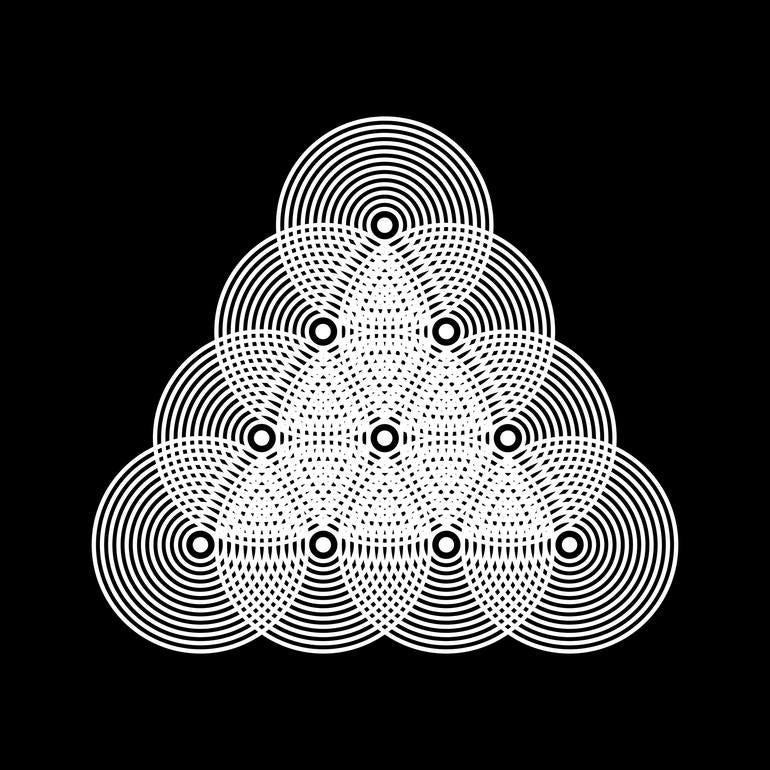
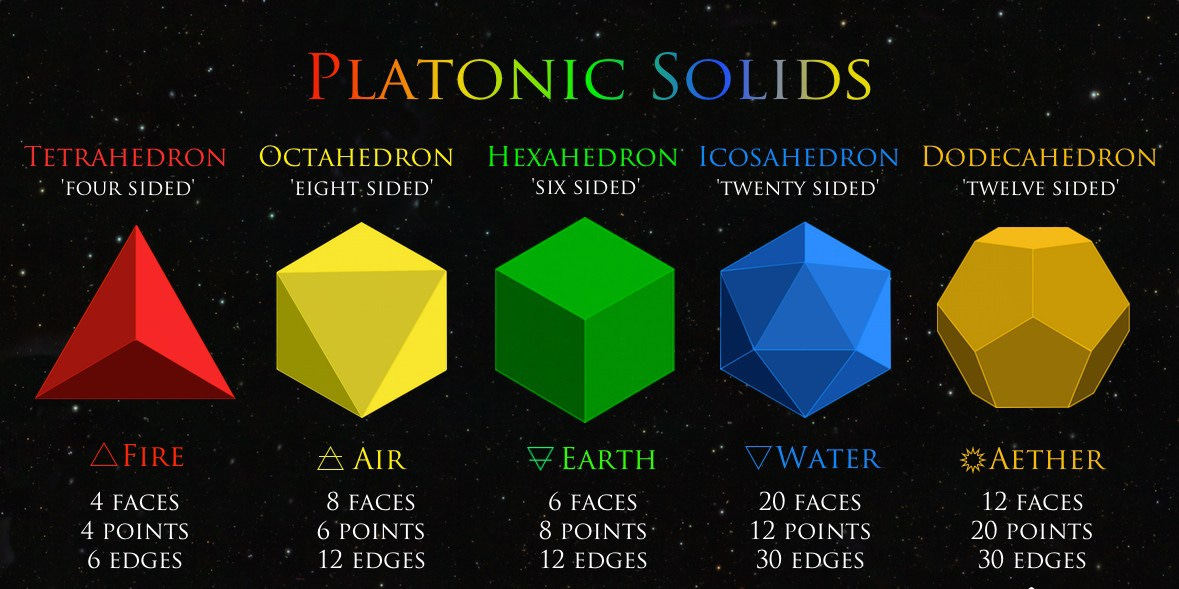
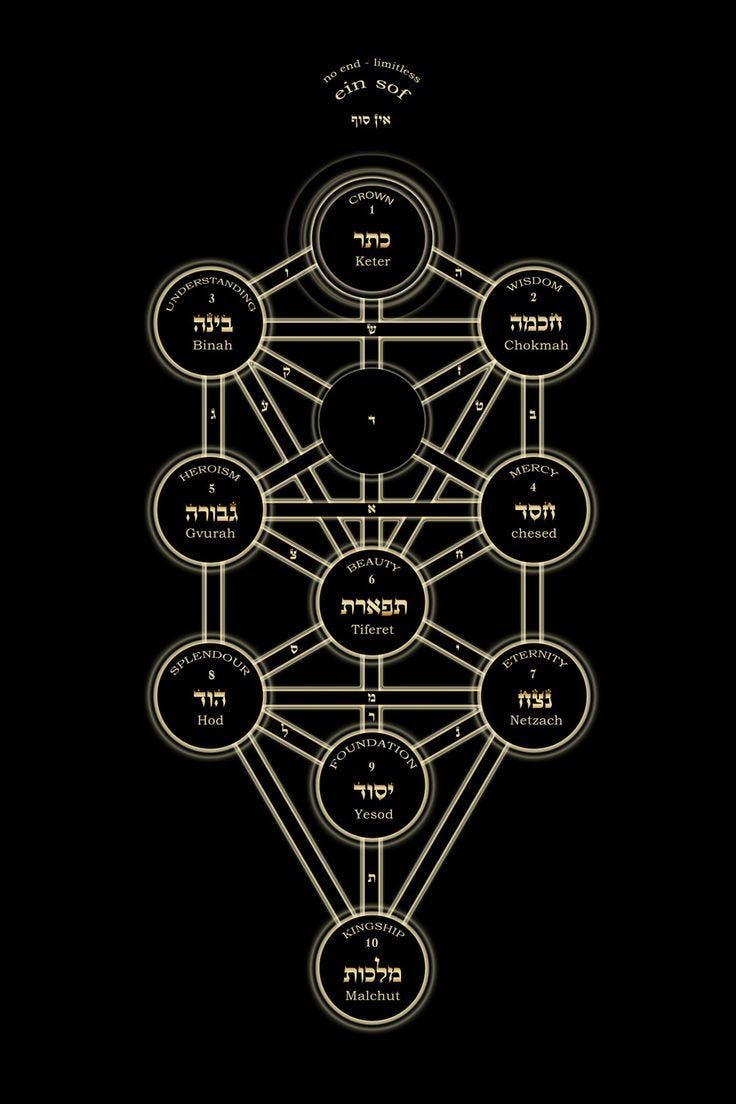
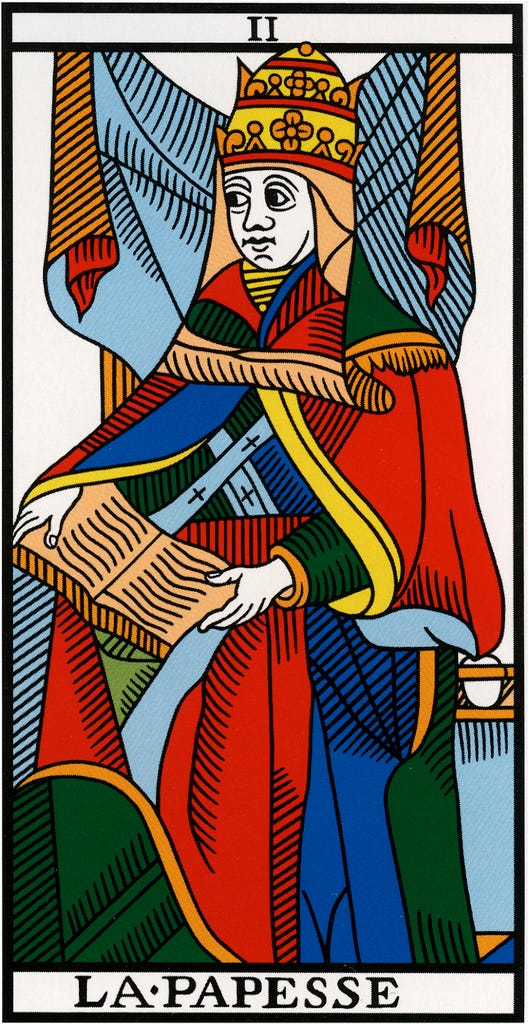
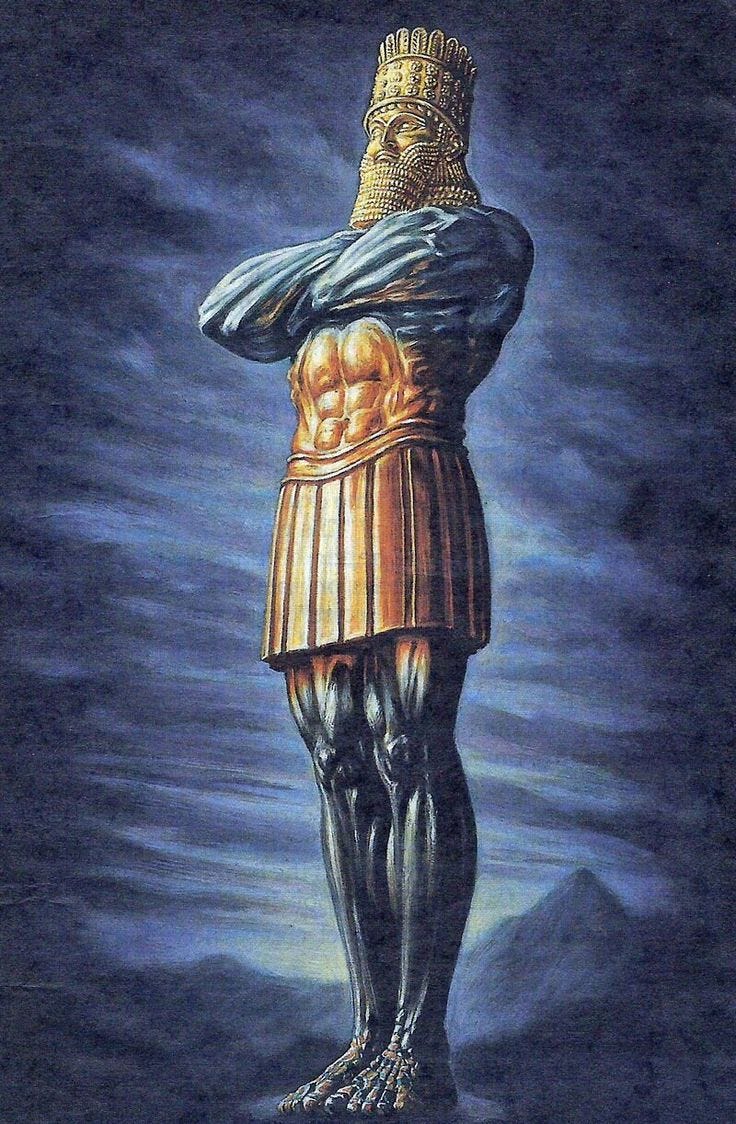
Hey friend, we seem to have similar interests, and I’m new here so I thought I’d introduce myself with an article.
This one’s about Giants:
https://open.substack.com/pub/jordannuttall/p/giants-in-history?r=4f55i2&utm_medium=ios